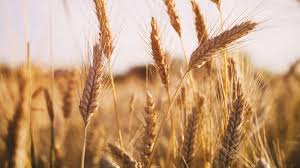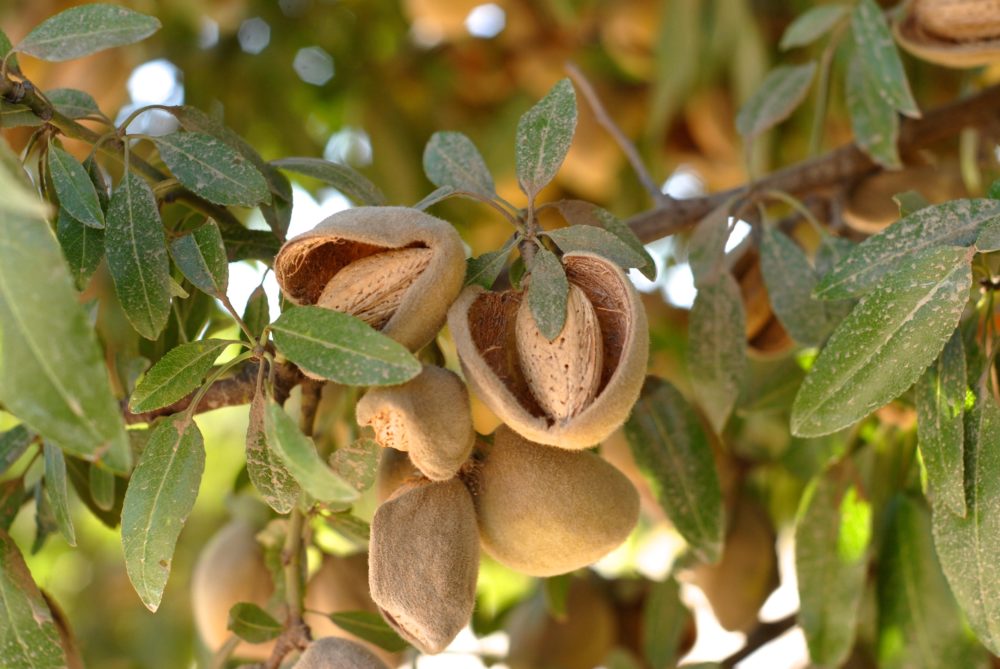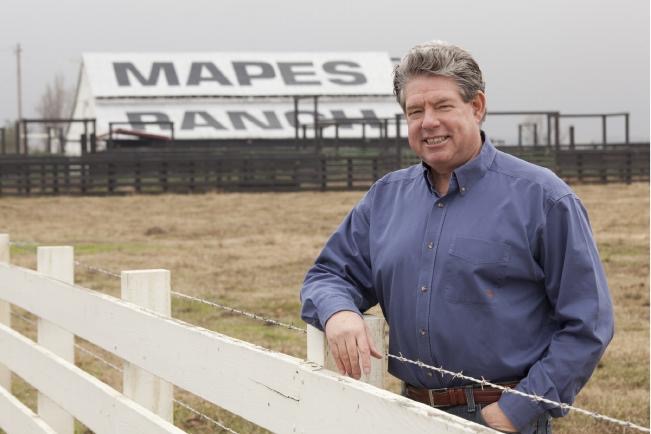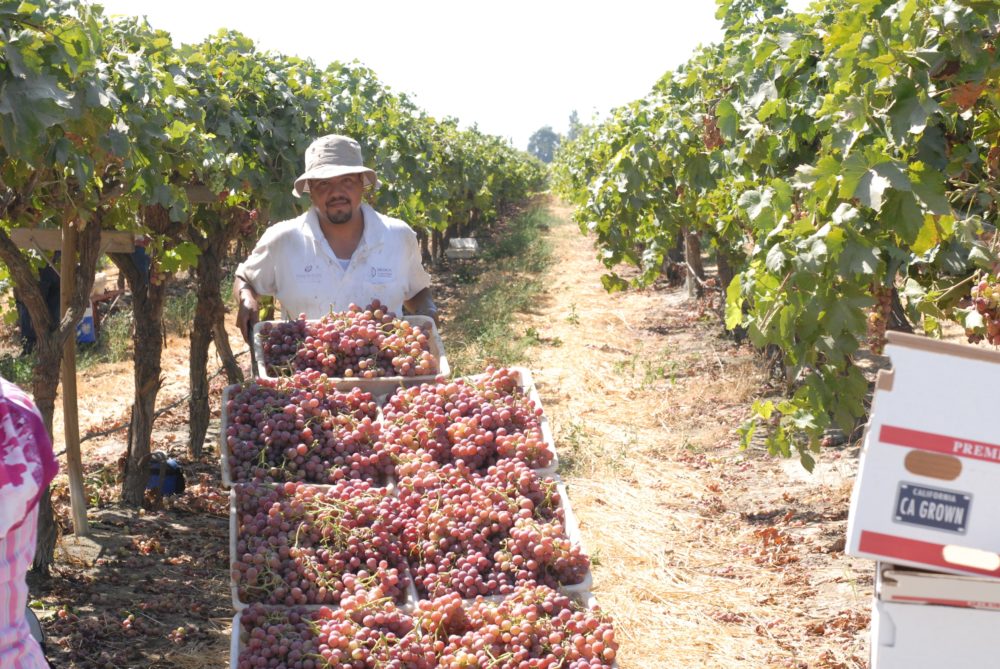Meat Costs Increase
USDA Forecast: Higher Prices For All Meat Categories
By David Sparks with the Ag Information Network
USDA is forecasting higher prices for all meat categories. “We increased our steer price by 50 cents a hundred weight, increased our hog price forecast by three dollars a hundred weight, which is a pretty big increase for one month, just reflecting strong demand. And that’s mostly domestic demand for pork,” said World AG Outlook Board Chair Mark Jekanowski.
Jekanowski said poultry price estimates also increased. “Broilers by one cent a pound and turkeys by 1.8 cents a pound. And those higher prices forecast into 2021 just reflect the expectations of tighter supplies, given the higher feed costs that that industry is going to be facing.”
Meanwhile, one notable change in the meat trade forecast: “We pulled back our pork export forecast and that is also just reflecting softer demand by several of our key markets, including China, where China is rebuilding their herd,” Jekanowski said.
Jekanowski noted USDA made mostly minor changes on its meat supply. “Looking forward into 2021 with the tighter supplies, especially of corn and soybeans and much higher prices that are expected to follow from that, we expect that that will show up in some reduced expectations for meat production,” he said. “As a result, we pulled back our forecasts for both broiler and turkey production. We also pulled back our forecast for beef production, and that reflects, in part lighter carcass weights.
He said the only increase expected for 2021 is in pork production. “That reflects the data that we got last month in the Hogs and Pigs report and also the slaughter data that we’ve been observing, suggesting that pork supplies are likely to increase. But even there, the increase in port production forecast is relatively small,” noted Jekanowski






















